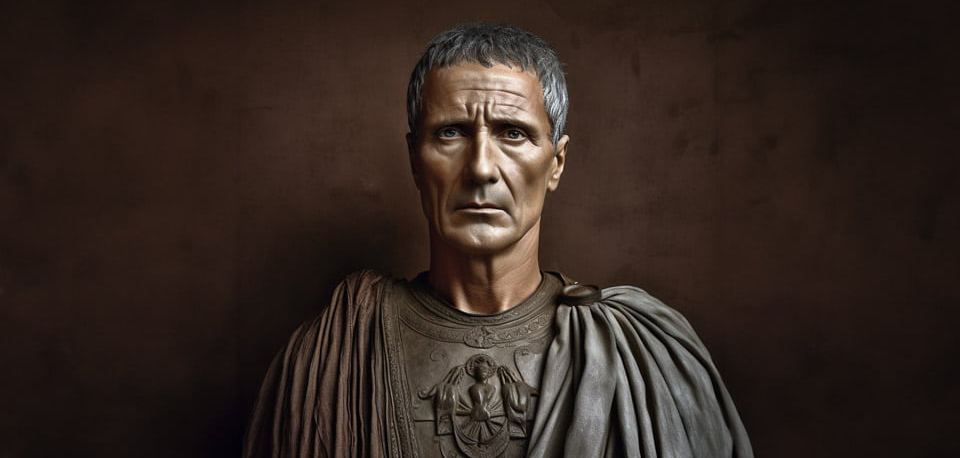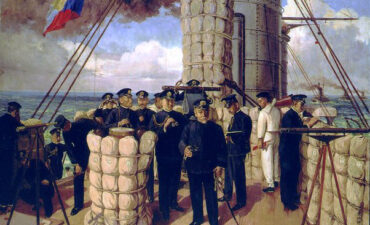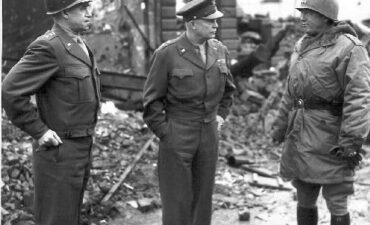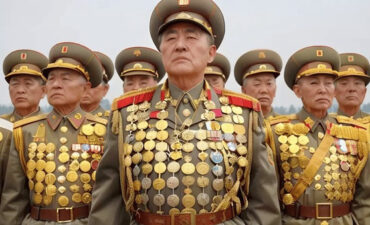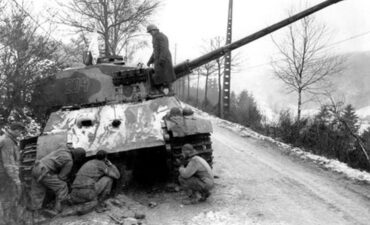What were some of the challenges faced by Julius Caesar when he invaded Gaul and conquered it? Julius Caesar faced numerous challenges during his invasion and subsequent conquest of Gaul (58-50 BCE). Some of the key challenges included:
Geographical and Environmental Challenges:
Terrain: Gaul’s varied and often harsh terrain, including dense forests, mountains, and wide rivers, posed significant logistical difficulties for Caesar’s legions.
Weather: The climate of the region, with its cold winters and wet conditions, added to the hardship faced by Roman soldiers accustomed to the Mediterranean climate.
Military Opposition:
Well-organized Tribes: Caesar encountered fierce resistance from various Gallic tribes, many of which were well-organized and had strong warrior traditions.
Coalition Forces: At times, multiple tribes united against the Romans, forming large coalitions that were capable of fielding significant armies.
Leadership of Vercingetorix:
Vercingetorix, a skilled and charismatic leader, managed to unite many Gallic tribes in a significant rebellion against Caesar. His leadership and strategies, particularly during the siege of Alesia, posed a major threat to Roman ambitions.
Supply and Logistical Issues:
Maintaining a steady supply of food, weapons, and other essentials for his large army in a foreign and often hostile land was a constant challenge. Caesar had to ensure the efficient movement of supplies over long distances.
Internal Political Pressure:
Back in Rome, Caesar faced political opposition from rivals, including members of the Senate and other powerful figures. He needed to achieve quick and decisive victories to secure his political position and justify his extended command in Gaul.
Revolts and Insurrections:
Even after initial victories, Caesar had to deal with ongoing revolts and uprisings throughout Gaul. Pacifying the entire region required continuous military campaigns and efforts to win over the local population.
Integration of Auxiliary Forces:
Caesar had to rely not only on Roman legions but also on auxiliary forces composed of non-Roman soldiers. Integrating these diverse groups and maintaining their loyalty and effectiveness was a complex task.
Communication Difficulties:
The vast distances between Rome and Gaul, combined with the lack of modern communication methods, made it challenging to relay information, receive reinforcements, and coordinate with political allies in Rome.
Despite these challenges, Caesar’s exceptional military leadership, strategic acumen, and ability to inspire his troops ultimately led to the successful conquest of Gaul, significantly enhancing his power and influence in Rome.
